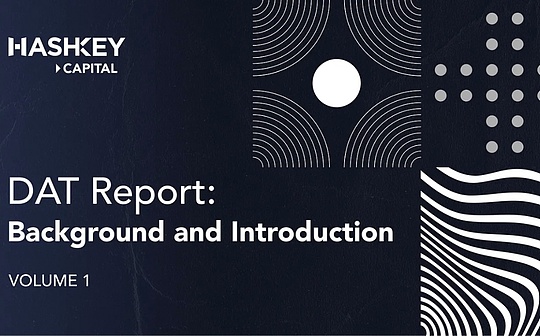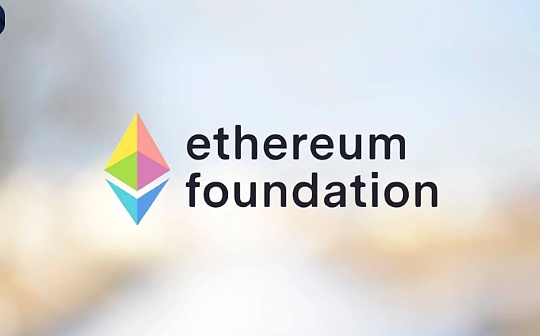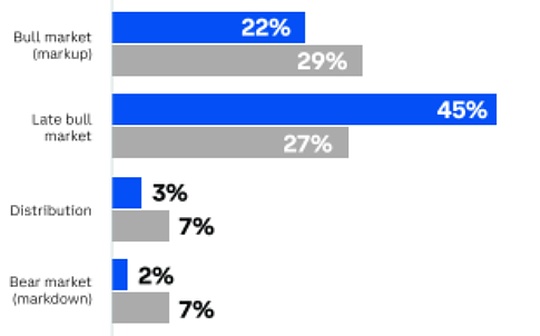
Deng Tong, Bitcoin Vision
On October 15, Brevis released the “Pico Prism” technology product, which caused a collective call from Ethereum officials and triggered heated discussions in the community.
On October 16, the official Ethereum account forwarded the “Pico Prism” tweet posted by Brevis with the following text: “This is a big step towards the future of Ethereum. Zero-knowledge proof technology like Pico Prism will allow Ethereum to scale to meet global demand while still maintaining credibility and decentralization.”
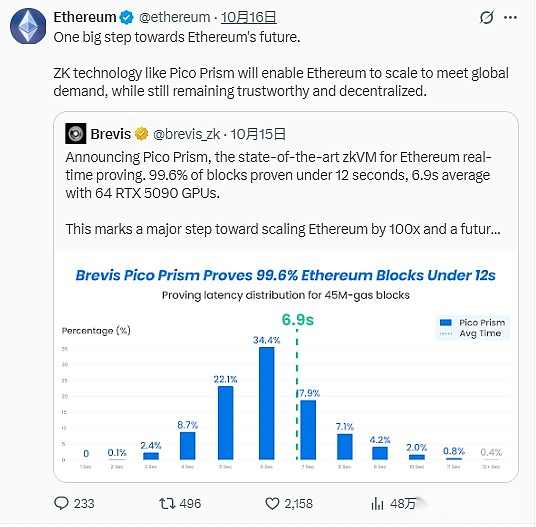
On October 15, Vitalik retweeted and posted: “I’m glad to see @brevis_zk’s Pico Prism entering the ZK-EVM verification field! ZK-EVM verification speed and diversity have taken an important step.”
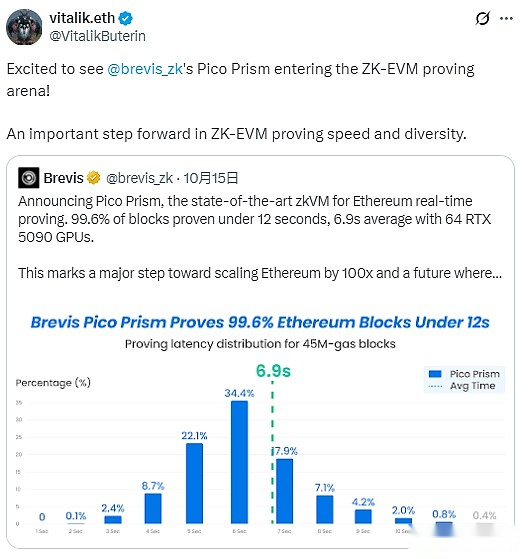
Ethereum core developer Justin Drake also joined the call.

What is the origin of Pico Prism, which can make the official Ethereum account make crazy calls?
1. Pico Prism’s technological breakthrough
Developed by Brevis, Pico Prism implements Ethereum Layer-1 real-time proof (RTP) using consumer-grade hardware equipped with 64 RTX 5090 GPUs.In tests conducted in September, Pico Prism achieved 99.6% real-time proof in less than 12 seconds.
A blog post by Brevis describes Pico Prism as follows:
Pico Prism is the first to achieve real-time proof of 45M gas limit blocks using affordable consumer-grade hardware.We benchmarked Pico Prism on 8 servers, each equipped with 8 RTX 5090 GPUs, for a total of 64 GPUs.For comparison with SP1 Hypercube, we uniformly sampled 1,000 blocks from the same time period of the Succinct benchmark.For the 45M gas limit blocks, we benchmarked every block generated on September 1, 2025.
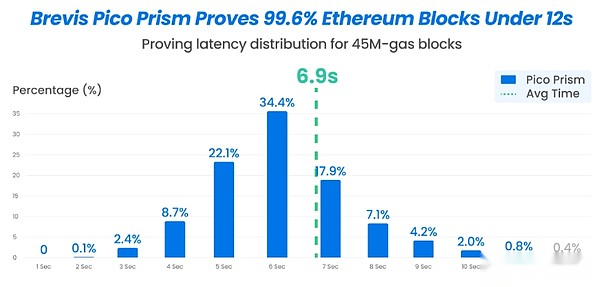
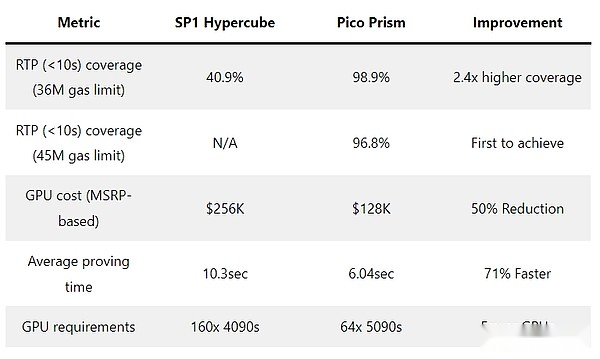
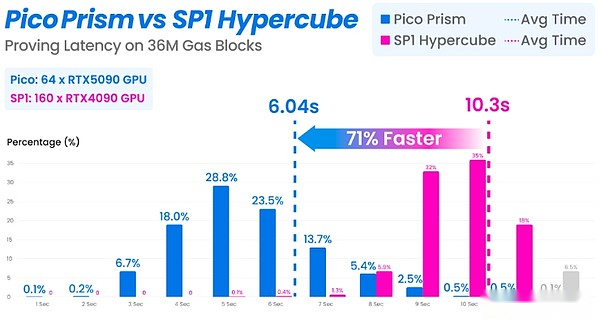
In addition to individual indicators, Pico Prism achieves a 3.4x performance advantage over SP1 in terms of speed and cost efficiency (calculated as average verification time × hardware cost).
Using consumer-grade RTX 5090 GPUs, Pico Prism demonstrates that real-time verification can be achieved without expensive data center hardware.
Multi-GPU and multi-machine proof
The move from a single-machine, single-GPU prover to a fully distributed multi-machine, multi-GPU architecture is a major breakthrough for Pico.At the heart of this leap is a complete redesign of the computing pipeline.
Thanks to Pico’s modular design, the proof process is broken down into multiple stages, from simulation to hierarchical recursion.Compute-intensive workloads are offloaded to the GPU, while setup tasks remain on the CPU, executing in a highly parallel pipeline that keeps the GPU saturated and running at peak efficiency.This extreme optimization and parallelization delivers near-linear speedup when scaling across multi-machine multi-GPU setups, and the results are transformative and undeniable: Pico Prism enables true real-time proofs at Ethereum scale using easily accessible consumer-grade hardware.
future plans
With the release of Pico Prism, the path to Ethereum L1 zkVM integration becomes clearer.While we’re only 2.2% away from our updated goal of sub-10-second real-time verification, we’re starting to roll out some new features at our fingertips to make that goal a breeze.
The next major milestone for Pico Prism is to focus on reducing verification costs.We have a roadmap to achieve 99% real-time verification using fewer than 16 RTX 5090 GPUs in the coming months.
2. Significance to Ethereum
1. Implement lightweight verification
This breakthrough means that computationally expensive proofs can finally catch up to block production speeds using affordable consumer hardware, making lightweight verification feasible for the first time.Currently, each validator re-executes every transaction to validate blocks, which requires expensive hardware and creates a fundamental bottleneck.But “real-time proofs break this paradigm. One prover generates a proof and others verify it within milliseconds.”
2. Towards 10,000 TPS
According to the Ethereum roadmap, validators will move from re-executing transactions to simply validating ZK proofs, allowing the base layer to reach 10,000 transactions per second.
Ryan Sean Adams of Bankless noted: “If scaling at 3x per year, Ethereum L1 will reach 10,000 TPS by April 2029.”
Bitcoin security researcher Justin Drake explains: Ethereum’s Fusaka upgrade, expected in December, will simplify real-time proofs.”EIP-7825 limits gas usage per transaction, allowing for more parallel attestations with sub-blocks. By the end of the year, several teams will be attesting each L1 EVM block on a 16-GPU cluster, with a total power consumption of less than 10kW.”
3. Nodes can be run on mobile phones
“The future of mobile phones as nodes is about to become a reality,” said tech entrepreneur Mike Warner.
Adams noted that Ethereum is transforming into a zk chain: Layer 1 will run global DeFi with 10,000 TPS for large blocks, nodes will be able to run on mobile phones, and Layer 2 will run everything else.“No other blockchain follows this strategy—using zero-knowledge proof technology for maximum scalability and decentralization. Bitcoin remains conservative in its first-generation cryptography. Ethereum is actively transitioning to second-generation cryptography. Other blockchains scale using nodes that require data centers.”
This is essentially the holy grail of blockchain: achieving massive scalability without sacrificing decentralization or security.
3. What is real-time proof and why is it important to Ethereum?
Real-time Proving is a new, more efficient technology that allows transactions to be verified by generating a small proof instead of having each node re-execute all transactions, thereby greatly increasing transaction speed and reducing costs.It is important to Ethereum because it enables massive scaling without sacrificing decentralization, which allows Ethereum transactions to become faster, cheaper, and more secure.
-
Dramatically expanded:Real-time proof significantly improves Ethereum’s transaction processing capabilities without compromising decentralization.
-
Reduce costs:Since nodes do not need to perform complex calculations, the cost of transactions will be significantly reduced.
-
Increase speed:The transaction verification speed is greatly improved and the user experience will be better.
-
Improve security:Real-time proofs help enhance the security of the entire Ethereum network by making transaction verification more efficient and secure.
Mo Dong, CEO and co-founder of Brevis, said: “The data speaks for itself. The infrastructure we built is capable of handling the data that Ethereum is actually producing today. Faster performance brings economic benefits and makes real-time proofs feasible in production deployments.”
With Pico Prism, the path to Ethereum L1 zkEVM integration is now clearer.

